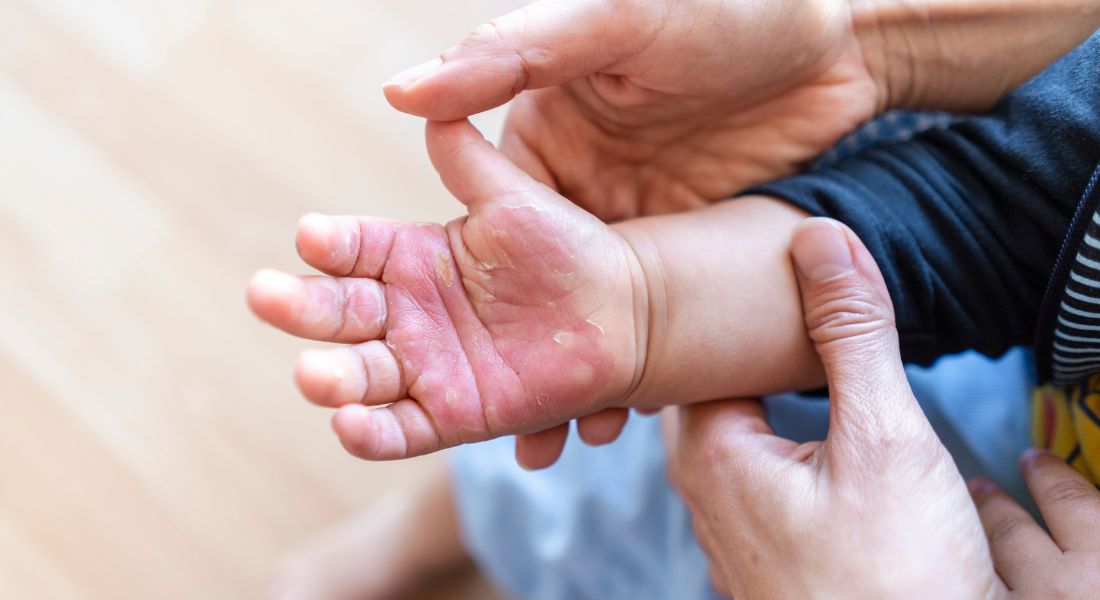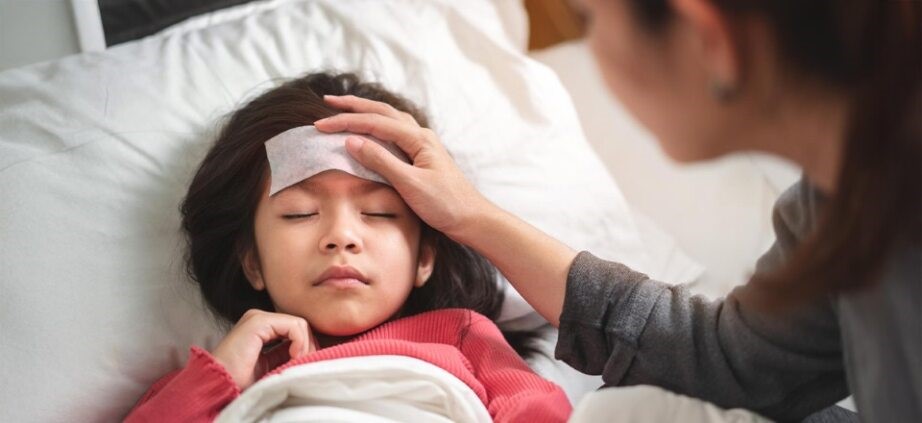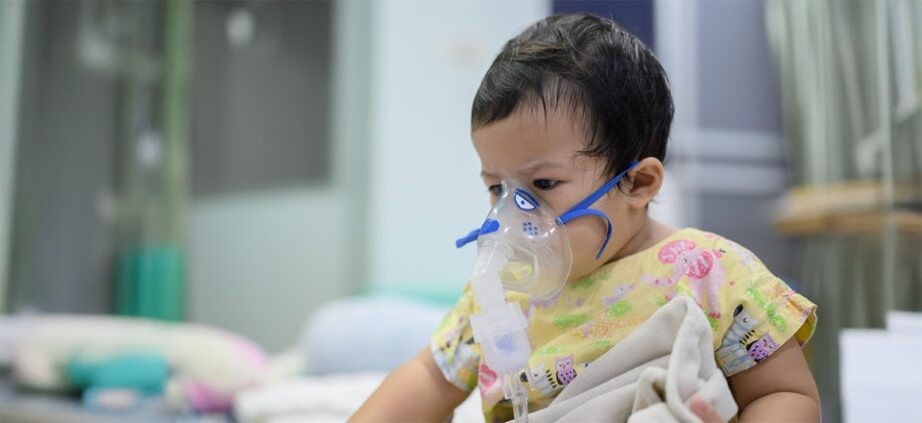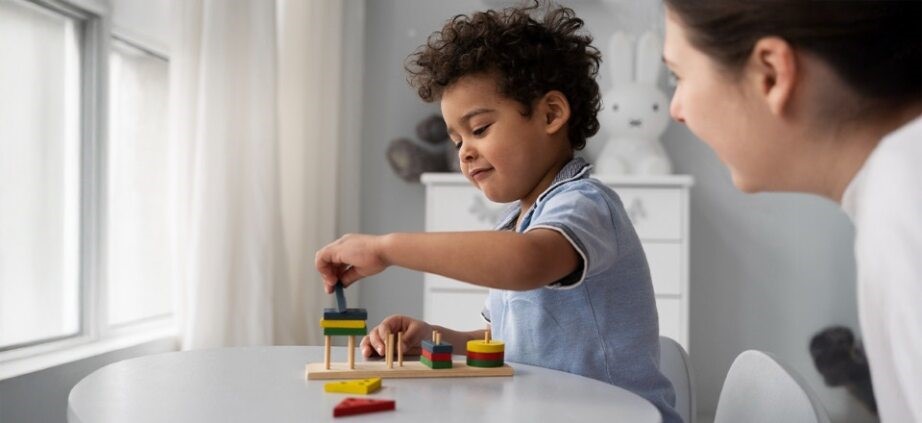Categories
Burns in Children
Dec 01, 2022
Burns are one of the most common causes of injury to children, yet there are many parents who are still unsure of what to do when their little one burns a finger. Here are some quick first aid tips on treating minor first-degree burns.
First of all, it is important to know the difference between first degree, second degree and third degree burns.
First Degree Burns
Fisrt degree burns are those that are limited to the outer layer of the skin, causing some redness and pain, but no blistering. A one-second light contact with a hot iron can cause such a burn.
Second Degree Burns
Second degree burns are more serious, as they are thicker, penetrate more layers of the skin, and also involves blistering of the skin. While a first degree burn is dry, a second degree burn is moist, and is more painful.
Third Degree Burns
Third degree burns are those burns in which all the layers of the skin have been penetrated. This is a very severe type of burn. The skin is charred, feels leathery to the touch, and the burned area is usually white. The area may go numb if nerve endings have been destroyed, so your child may feel little or no pain.
Fourth Degree Burns
Fourth degree burns are those that extend down to muscle and/or bone. Fortunately, these burns are rare.
First Aid for burns
Cool the burn
Place the burned area under cool, running water. Alternatively, you could dip a cloth in chilled water, and place it on the burn. Do NOT apply ice to the burn, it only increases the pain of the wound and does not help much. Cool, running water is the best. Keep the burnt area under running water until the pain subsides.
Clothing
Remove any clothing from the burned area immediately. Cut the clothing if you have to. If the clothing is stuck to the skin, which may be the case in second or third degree burns, do NOT remove it. If the burn is caused by a chemical, make sure you don't spread the chemical around when removing the clothing. In addition, in case of a chemical burn, remove the clothing while the burn is under running water.
Blisters
Take care not to break any blisters which may have formed as a result of the burn.
Cover
After you have cooled the burn for about fifteen minutes, you may apply an ointment specific to burns, and then cover the burnt area with clean gauze.
Eyes
If your child's eyes get burnt, flush the eyes continuously with water, and call a doctor immediately. If your child is wearing contact lenses, remove them.
Remember
The most important thing to remember is to cool the burn, to reduce damage to the skin and underlying tissue.
It is advisable to consult your doctor as soon as possible once the initial first aid is over.
Depending upon the part of the body involved in burns, type of burn, degree of burn and the percentage of body surface area involved, your doctor shall decide about the further course of management.
Depending upon the part of the body involved in burns, type of burn, degree of burn and the percentage of body surface area involved, your doctor shall decide about the further course of management.











